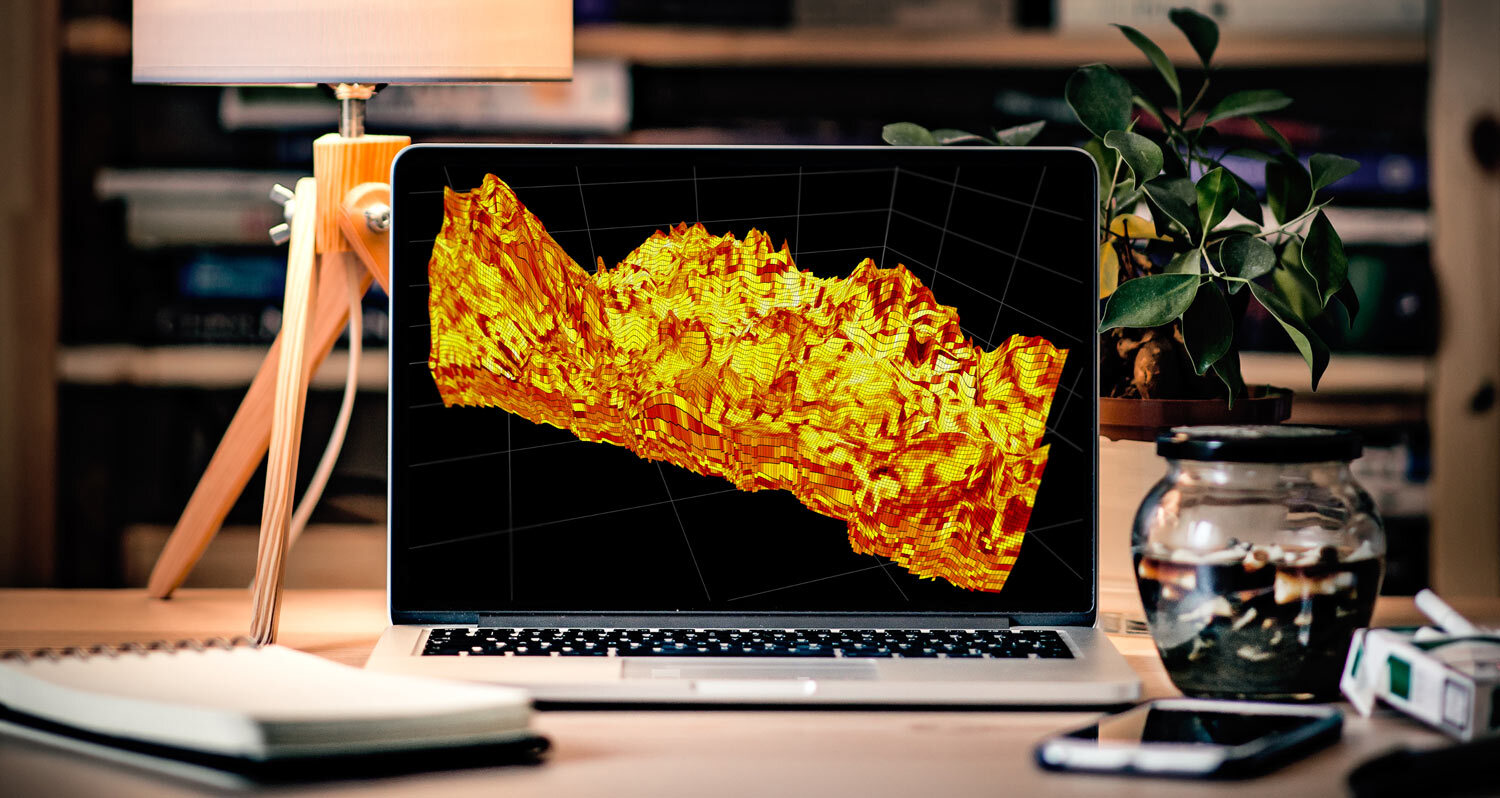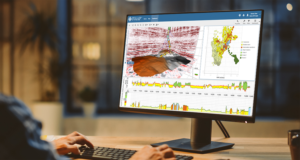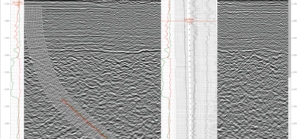How Apache SIS Simplifies the Hidden Complexity of Coordinate Systems in IVAAP
To show geoscience datasets on one of IVAAP’s 2D map widgets, you need to use a common visualization coordinate reference system. This is where Apache SIS helps us: It understands the properties of both the data and visualization systems and is able to convert coordinates between them.
Improving Seamless Visualization and Embedding Dynamic Visualization with IVAAP 2.9
Companies in the energy industry face several challenges when it comes to streamlining large datasets, finding compatibility among applications, and visualizing different types of data […]
Raster Log and TIFF Rendering in the Cloud with GeoToolkit.JS
A common challenge that our users face is a need to render and display huge images like raster logs and GeoTIFF files. Interactions occur in the client’s server architecture, and while these images can be stored in the cloud or on a server, they are usually very large files, making it difficult to move from the server to the client. It is also time-consuming to read data from the cloud and unpack operations for TIFFs. When trying to open these files, the user may have to wait up to several minutes to start to receive data from the server. This can lead to a poor user experience because the client doesn't know if a server is working or if it's already halted the solution that we applied.
An Inside Look at the New Release of the IVAAP Data Backend SDK
There are a few low-level changes that won’t make it to the release notes, but make a difference for users. For example, we optimized the data caching mechanism. Instead of being based on the number of datasets, the data caches are now based on the size of these datasets. This typically means lower latency as more datasets tend to be cached within the same memory space. This is a feature we initially used only with WITSML wells, and that we have extended to other connectors and data types.





